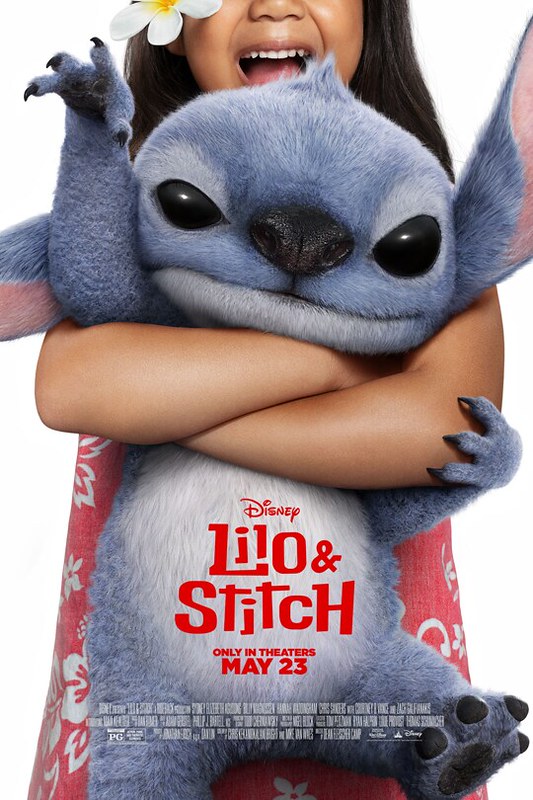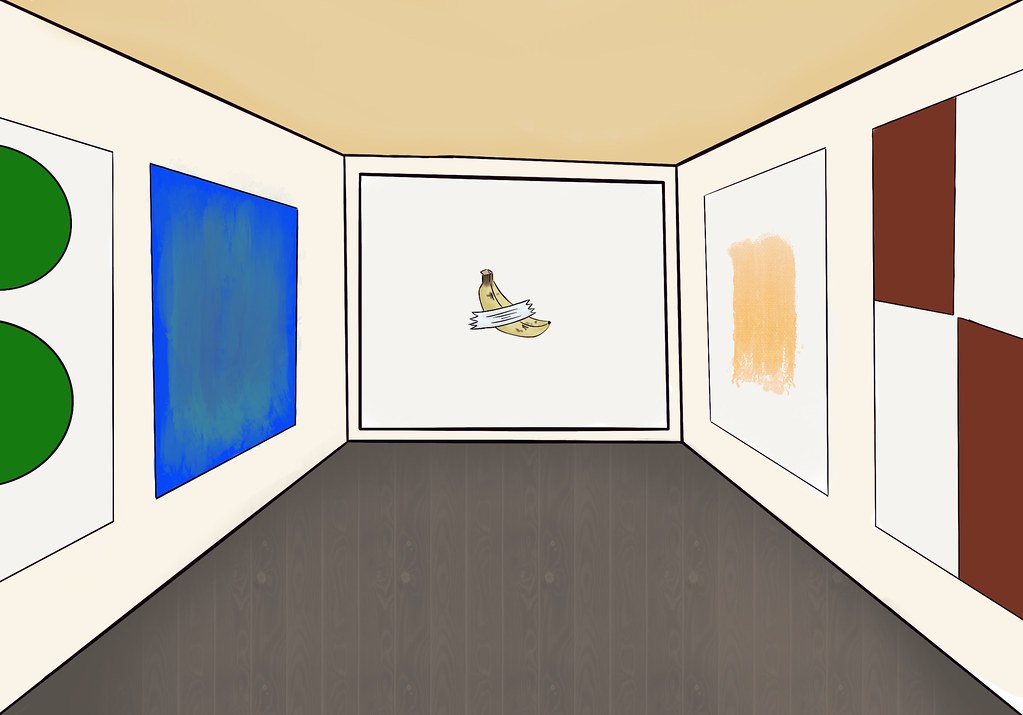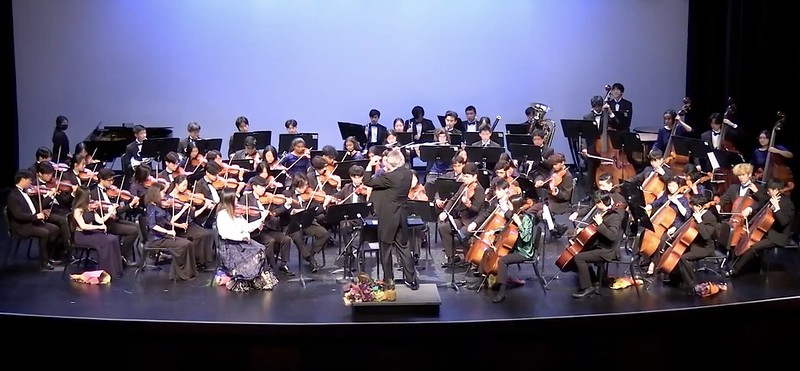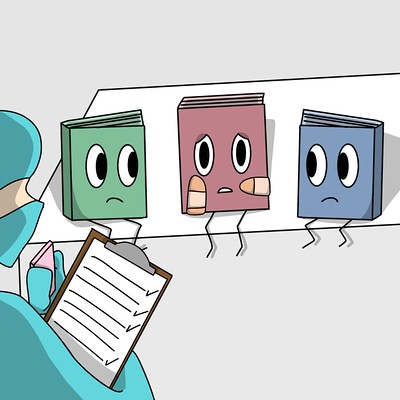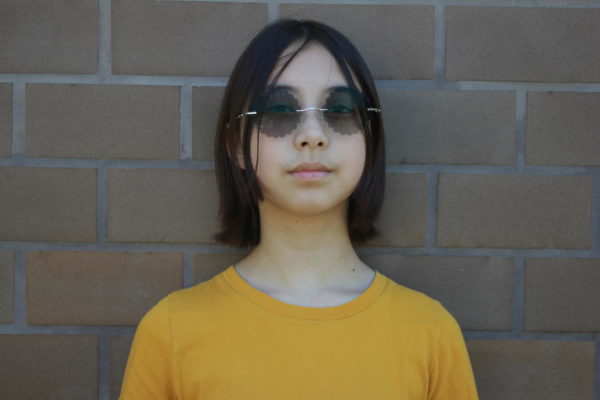In the aftermath of the global pandemic, the landscape of mental health, particularly among the youth, has witnessed a significant shift. Because of the increased rates in depression and anxiety, the role of youth media has become increasingly vital.
Mental health in youth media isn’t just a matter of entertainment —it carries a deeper importance for the audience it seeks to represent. The approximately 25% increase in depression and anxiety rates post-COVID highlights a crucial need for media that not only entertains but also educates and empathizes with its younger viewers.
Films like “Home” released in March 2015 and “Inside Out” released in June 2015 have created a new era for youth media, where emotions take the center stage.”Inside Out,” produced by Pixar, highlights 11-year-old Riley and her emotions, portraying these emotions as characters that control her feelings but not her every move. One of the most memorable times this happens is when the emotions are shown discussing how to react to her parents’ question about her first day of school. Each emotion provides their input to how they may choose to guide Riley with how she feels, helping her make her own reactions. Their interactions with one another depict the complex emotions one might have about a certain moment, which is varied from the way others may react to the same event.
“Home,” similar to “Inside Out,” addresses emotions and mental health in youth media. One of the most notable scenes is when Tip, a 12-year-old girl, emotionally reunites with her mother after being separated from her after an alien invasion. This scene showcases complex feelings like joy and fear. This film again goes beyond mere entertainment, instead offering young viewers a meaningful reflection on their emotions and mental health. While watching these movies, young viewers empathize with the character’s trauma more easily, connecting to the character. This can force them to a place where they are confronted with emotions they aren’t quite used to. In real life this might scare them, stress them out, or make them ball up into a space of no return, but the media creates a safe environment where they can pull away and still comfortably explore these emotions.
These films do more than just entertain people. Instead, they offer a mirror for youth, influencing them to reflect on their complex inner worlds with empathy and understanding. This trend in the media seems to continue with the upcoming “Inside Out 2,” which is scheduled for release in June 2024. Pixar will warmly introduce concepts like anxiety, ennui, envy and even embarrassment to the equation which dive deeper into the mindset of Riley. The inclusion of more complex emotions shows a growing recognition of the large range of mental health challenges faced by today’s youth. It helps to acknowledge that these emotions are part of the everyday human experience.
While emotions are a large part of everyone’s life, many find it difficult to regulate them. Kathleen Norgaard is one of many counselors on campus at DVHS. Norgaard meets with a variety of students daily to help them. When asked how films may positively affect students, she explained the patterns she has noticed.
“[Films] open up dialogue. And I think that when you see a movie, you can identify with some of the characters, or you have that experience and sometimes visually seeing something can hit home to you. […] It helps families with the stigma of mental illness,” Norgaard adds. “So I think [the] media can have a positive impact.”
Not only do these films allow students to express their current emotions, but they also provide a reliable resource to learn about new emotions. The evolving nature of these films reflects the changing social attitudes towards mental health. The inclusion of more complex emotions in “Inside Out 2” shows a growing recognition of the large range of mental health challenges faced by today’s youth. It acknowledges that emotions like anxiety, and embarrassment are part of the human experience.
As the landscape of youth mental health continues to change, the role of media in shaping and supporting this transformation remains pivotal. Films like “Inside Out” and its sequel are more than just stories: they are a part of a larger narrative that speaks to the challenges of dealing with emotions in the modern world.



